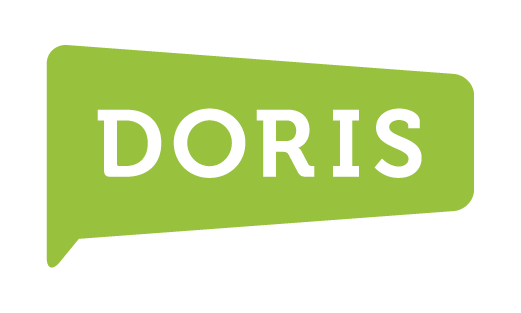This week, I met with three of my colleagues to discuss a new rubric they had made. It allowed us to measure our performance in one-on-one interviews with our clients, something we do a few thousand of each year.
You might be thinking to yourself, “How hard could it be to sit with people and ask a few questions?” The answer: not hard if you don’t care about executing those interviews in a “designerly” way.
Before I go any further, it’s probably best to pause and talk about that word “designerly.” I first heard it in grad school. It got tossed around a lot, mostly with people using air quotes when they said it, usually in a sentence similar to this: “Sam’s paper survey on which she used clip art and Comic Sans font is not very ‘designerly.’”
Want more of Sam's wisdom?
Don’t miss a single word. Click the button below to subscribe to the IBJ for more columns like this!
When this scene is re-created for my biopic in which I’m played by Tina Fey, after this line is delivered to me (by the professor played by Meryl Streep), you will hear my fellow grad student, played by Rachel McAdams, saying, “Buuuurn!” in the background. In short, being “designerly” meant embodying everything related to good design in every aspect of your work.
So, let’s go back to that meeting about our rubric for one-on-one interviews. We discussed every detail. What’s the proper way to greet our interviewees as they enter the room? Do we stand and shake their hand? Do we sit and wave them in? Do we get up and close the door automatically or do we ask their permission?
This amount of thought goes into every aspect of our work, and when it all gets put together correctly, magic happens. Like an interview where we not only get great data, but the interviewee feels comfortable, trusts us and leaves feeling like the last 30 minutes flew by and were well worth his or her time.
And this is the thing about being “designerly”: You don’t have to be a designer to behave in a designerly way. I think at its simplest form, being designerly can be broken down into three simple tenets.
- Spend time thinking about people. Think about how they would react or feel about the action you are making or the thing you are creating.
- Take time to consider form and function. Your action or your creation needs to be functional. Start there but then layer on form. How can I deliver what I’m doing in a way that delights the people who engage with it?
- Simple is smart. Making something simple for other people is actually much harder than making something complex. Find a way for your action or your creation to ease in and out of people’s lives without their giving it much thought. When it feels effortless to them, you’ve done your job.
So the next time you are going to do something as mundane as posting a note on the wall in the break room asking people to clean out their old food containers from the fridge, maybe pause and think, “Could I do this in a more designerly way?” Then, reflect later to see if you’ve achieved better results. (I have a feeling you will.)
Published by the Indianapolis Business Journal

